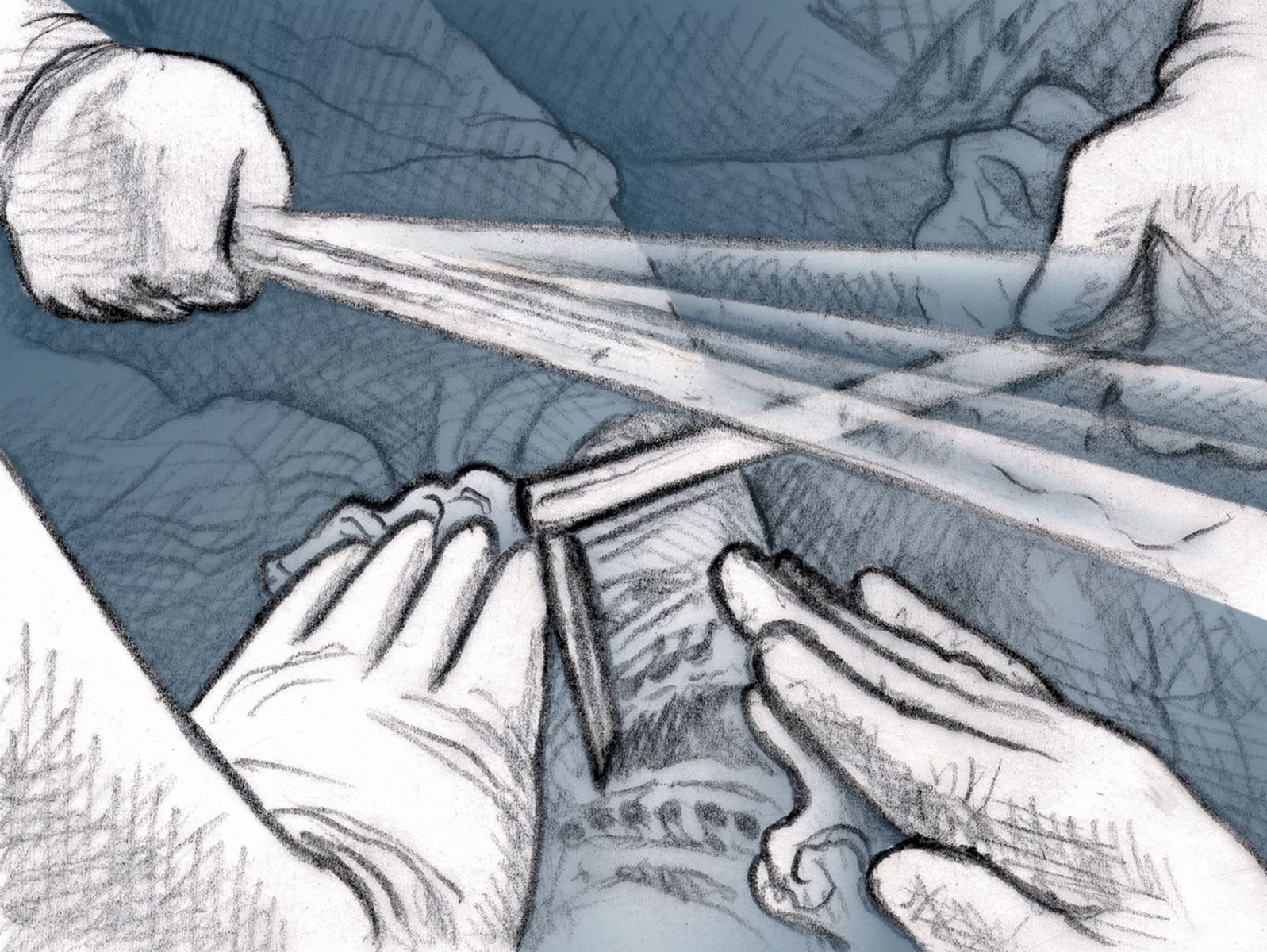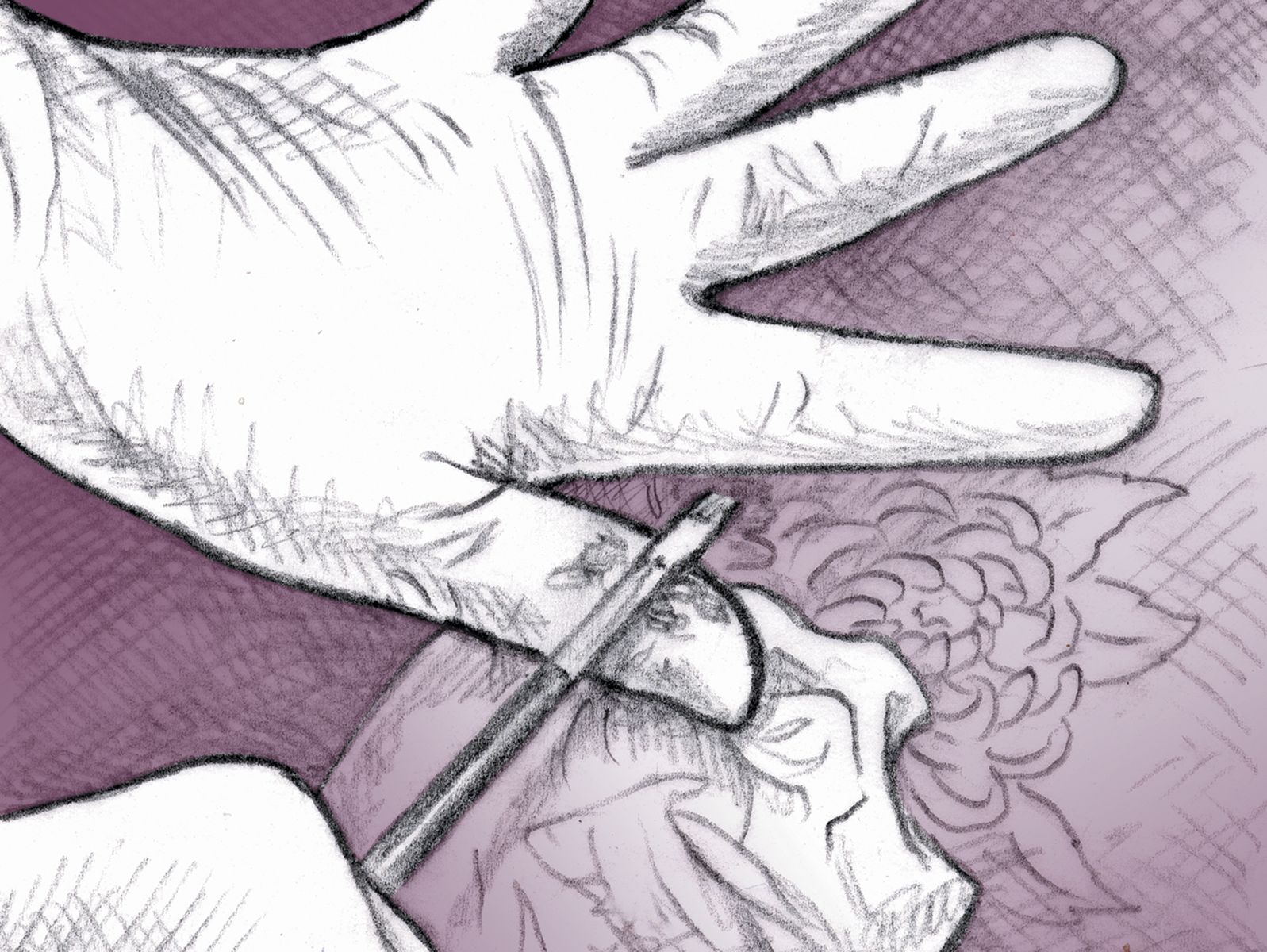Currently, the state of the art of tattooing is such that basically any image can be tattooed on skin with almost photographic realism. At first these techniques are used mostly for portraits and wildlife tattoos, but as a broader spectrum of artistic styles filters into the industry we are seeing realism techniques applied to all sorts of different kinds of imagery. One of the few real limitations we’re facing now is in our understanding of what exactly makes a tattoo design successful, of what combination of elements will have the greatest visual impact while having the most flattering effect on the body that wears it.


With the wide variety of different styles being explored, it shouldn’t be hard to understand these limitations and use them to our advantage. Each style of tattooing has some particular artistic direction that it explores more closely than other styles. Japanese tattooing has always been about flow and placement on the body. Traditional American tattooing explores the language of the line, seeking ways to say the most with the least. Tribal tattooing simplifies the compositional equation and zeroes in on positive/ negative relationships that balance between the tattoo and the skin in between. Biomechanical and Organic tattooing place heavy emphasis on the illusion of depth in the design and placement. Black and gray tattooing explores the subtleties of the whole range from dark to light.
With the tattoo profession being gradually taken over by experienced artists, we’re seeing many modern illustrative styles being tattooed, from comic book art to futuristic computer-generated designs. Classic painters, such as Van Gogh and Dali, are being painstakingly interpreted on skin alongside modern masters such as Alex Grey and H.R. Giger. In less than a century, tattooing has evolved to encompass every conceivable style of art.
Much of this was made possible by the technical evolution of the tattooing process. Before electricity, the ink had to be literally hammered in, leaving little opportunity for precision or subtlety. With the invention of the electric tattoo machine, all of the things we see in skin today were made possible.
If you look through enough books of tattoos in the early part of the 20th Century, you’ll occasionally see a portrait done with fine lines and delicate shading. This wasn’t the typical way of doing things at the time, though, and most of the work you see from back then is somewhat rough. A lot of this can be blamed on the art form’s ghetto status, which scared away most of the promising artists who may have otherwise been attracted to it. This made it hard to get “real art” prices for tattoos, which meant that pure quantity was the only way to keep a tattoo shop running. FAST was the name of the game, which kept the work simple and crude.
Join the discussion in the forum.